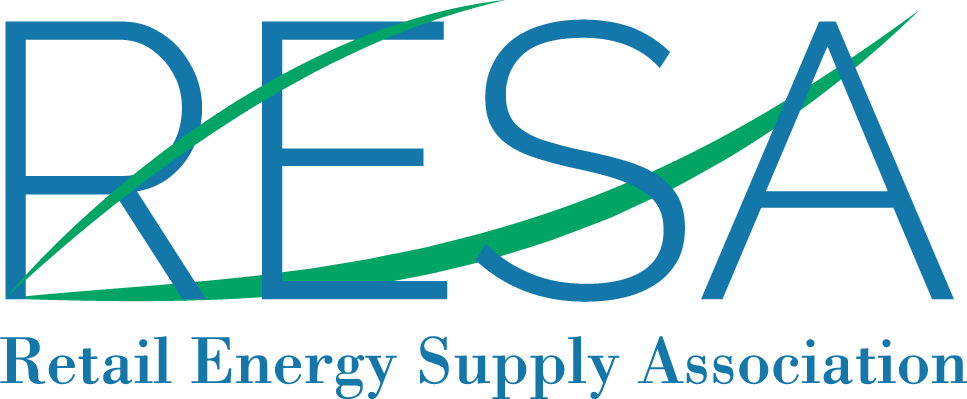Choice is about more than just saving money
Clean energy continues to headline many news forums, political campaigns and even conversations amongst friends. Everyone is talking about clean energy, but what is clean energy, and how do we obtain it? Energy is a vital aspect of everyday life, from personal to business use. Clean energy comes from renewable, zero-emission sources that do not pollute the atmosphere when used and energy saved by energy-efficient measures. There are three categories of decisions to think about for those who want to make a difference through their energy choices.
Retail Electricity
The first category is the energy we buy. When purchasing electricity from the “grid,” it may seem like there is no way to secure clean power without building a dedicated power line to a clean power plant. After all, once electricity is generated and placed on the grid, it all gets mixed together, right? Fortunately, there is a simple solution to this that allows retail electric suppliers to offer their customers a secure way to make an environmental difference with their energy purchases without a dedicated transmission line. What truly matters is not where the power goes but where it comes from. When clean energy sources deliver their output to the grid, that energy displaces power that would otherwise come from a less clean source. So long as the dollars a customer spends on power go to a clean energy producer and not to compensate for another source, the purchase will make the same environmental difference as a dedicated power line would. Enter: a clean energy certificate. When a clean energy plant delivers measurable electricity to the grid, a clean energy certificate is produced that represents the quantity of electricity produced. These certificates enable the production attributes to be separated from the underlying energy produced and then re-attached to power when it reaches the customer. To take accuracy one step further, special accounting platforms have been developed to avoid double-counting of the same clean energy. Using these platforms, energy suppliers can offer customers a variety of clean energy options that will make a real environmental difference.
Energy Efficient Measures
The second category is the energy we don’t buy. There is no cleaner choice than the choice not to use energy at all. Of course, we all use some energy, but making investments that help reduce the amount of energy we must buy to meet our needs can help reduce our carbon footprint. Many states offer incentive programs to help underwrite the cost of installing things like LED lighting or weatherization. Energy suppliers are generally familiar with these programs and can guide customers on what is available. Some programs offer compensation in exchange for reducing electric consumption during certain times when the supply network is stressed by too much demand and not enough supply. Participation in these programs, known as “demand response,” is another way that customers can reduce their emissions and save money.
Cost Savings & Reducing Emissions Profile
The last category is the energy we produce ourselves. This fits with programs designed for customers who wish to use less energy. More and more customers are exploring ways to use backup generators and solar panels to save money on their electric bills and increase their supply’s reliability. These types of investments can work together with purchases from the grid. Backup generation can facilitate participation in demand response programs, and solar generation can receive compensation through something known as “net metering,” which compensates customers for the power they produce above what they need for their own use in certain hours.
Every customer is a little bit different in terms of what they want to do to improve their environmental impact and what they can do. With retail choice, customers can make energy choices and investments that fit their particular situation and the best way to understand your options is to speak with a retail supplier. In the end, choice is about more than just saving money. It is also about managing environmental impacts customer by customer.
